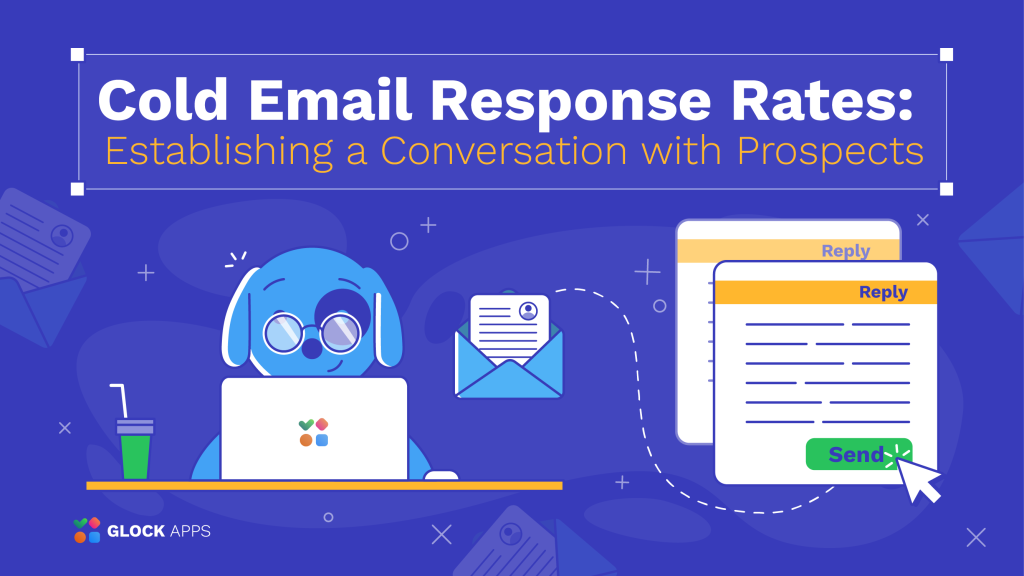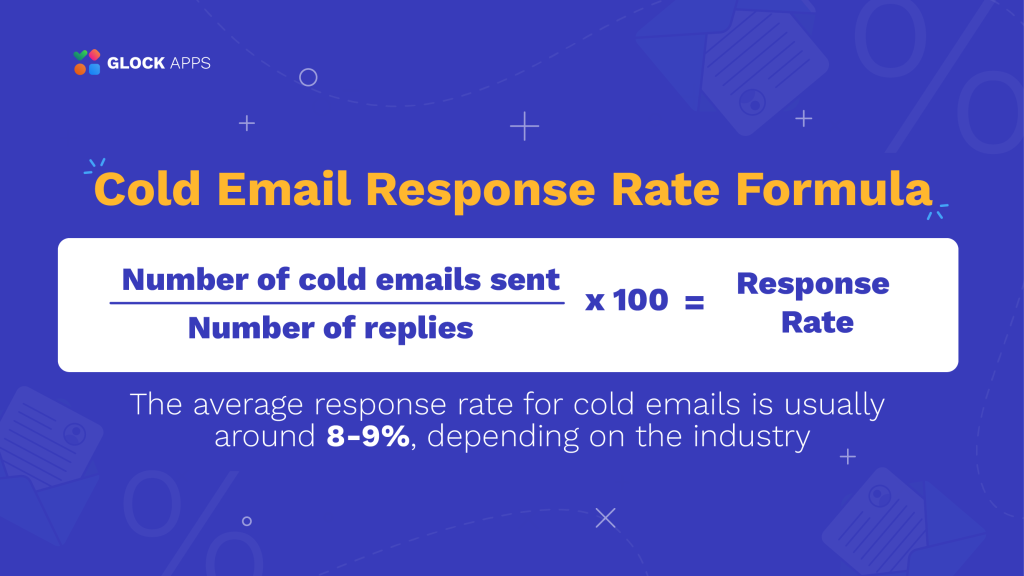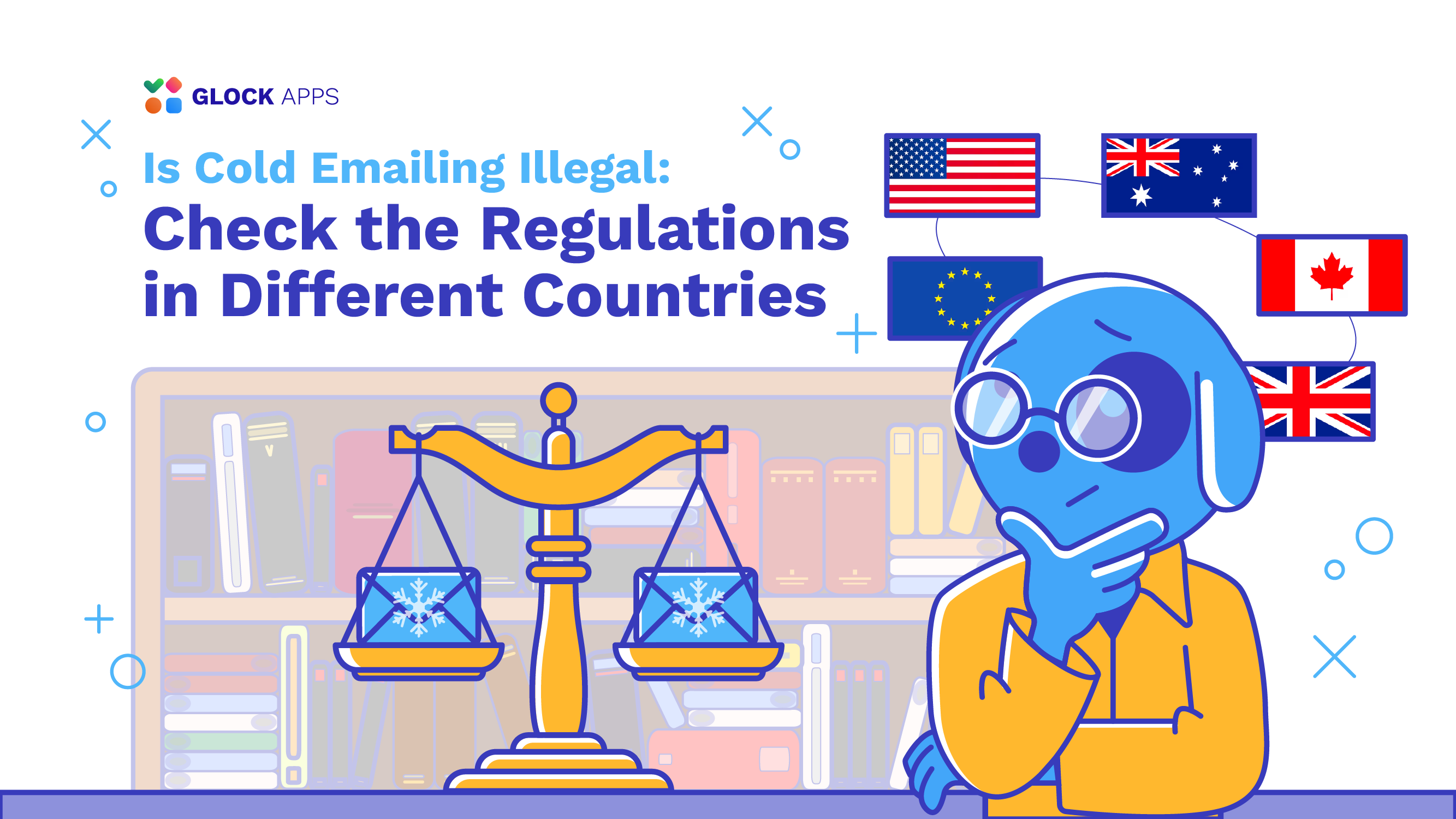Cold Email Response Rates: Establishing a Conversation with Prospects

Table of contents
- Cold Email Response Rate: Building a Dialogue with Potential Customers
- What Is a Cold Email Response Rate?
- Response and Reply Rates in Cold Email Campaigns: Are They Equivalent?
- How to Calculate Cold Email Response Rate?
- What Are the Average and Good Cold Email Reply Rates?
- What Can You Do About Low Cold Email Response Rates?
- In Closing
Cold Email Response Rate: Building a Dialogue with Potential Customers
If you’re deeply involved in email marketing, you’ve probably tracked the response rate of your cold emails more than once, and you already know that those numbers aren’t always as encouraging as you’d like.
When we send cold emails, we usually aim to get users interested enough to click the “Reply” button. And then we rush to track the response rate, which shows how well our campaigns resonate with the audience and whether we’re doing everything right.
In this article, we’re bringing you the average cold email response rate, deciphering the factors that influence it, and giving you tips to help you boost it effortlessly.
So, it’s time to reveal the secrets behind cold email reply rates, let’s dive in!
What Is a Cold Email Response Rate?
We’ve covered cold email conversions and opens in detail before, and today we’ll explore the field of feedback. Speaking of the meaning of cold email response rate, it’s a measure of how many people on your mailing list actually respond to your message. This is a metric that goes beyond simple email opens and reflects how well your letter engages people and encourages them to dialogue.
Response and Reply Rates in Cold Email Campaigns: Are They Equivalent?
In describing cold email campaign analysis, the terms “response rate” and “reply rate” are often used interchangeably, as they both refer to the percentage of recipients who respond to a sender’s message, so don’t be afraid to confuse them, as these metrics are essentially the same.
How to Calculate Cold Email Response Rate?
To easily calculate the response rate for your cold emails and understand the effectiveness of your strategy, use the method below.
Cold Email Response Rate Formula:
(Number of cold emails sent / Number of replies) x 100 = Response Rate

Here’s an Example:
Let’s say you sent out 500 cold emails to prospects, and out of those, received 25 responses.
(500 / 25) × 100 = 5
So, your cold email response rate would be 5%, which can be called a sort of industry standard.
It’s worth noting that ideally, you should subtract the number of bounces from the total number of cold emails sent before calculating the response rate.
Bounced emails are those that were not successfully delivered to the recipient’s inbox for various reasons, such as invalid addresses or issues from receiving mail servers. By excluding bounced messages from the total, you will get a more accurate picture of the reply rate of cold emails that were actually successfully delivered and had a chance of getting a response.
What Are the Average and Good Cold Email Reply Rates?
Currently, the average response rate for cold emails is usually around 8-9%. However, data varies significantly from company to company and year to year. You can trace various statistical reports that say 3-5% is already a good figure.
10-25% is considered to be a good benchmark for B2B cold email reply rates and can be even higher depending on the industry and effort involved.
Also, in trying to understand if all is well with your metrics, you should not forget about the quality of the mailing list, the frequency of sending, the relevance of the subject and content, the strength of the CTA, and the depth of personalization of the message you sent in the hope of getting feedback.
What Can You Do About Low Cold Email Response Rates?
Generally, the indicator below 5% can already be called low and needs to be adjusted. A bad cold email response rate can be improved by regularly checking and fixing your email deliverability issues, for which we recommend using our Inbox Insight spam testing service, where you can easily monitor your bulk cold campaigns, set up automatic tests at the intervals you want, and receive timely notifications when the situation deteriorates and important actions need to be taken to fix it.
Research shows that one follow-up email can increase response rates from 9% to 13%, and sending additional emails triples response rates for B2B outreach. Follow-up messages are a great thing because they help remind your prospects that you tried to contact them earlier when they were likely too busy to respond. But always remember a moderate number of such reminders, so as not to cause fatigue from your emails in the final result.
Industry experts advise A/B testing to cut through the digital noise and get people to respond to your cold emails. Customize your subject lines, and experiment with different tones and levels of personalization to see what sparks that burst of interest. Mix and match the different components of your cold email until you find the perfect engagement formula. Also, regularly track and improve your team’s email response time to your customers, which will benefit future responses to your messages.
In Closing
Remember that your cold email should be concise, interesting, and relevant to the subject line, that you’ve created to catch the attention of the potential client. With continuous content improvement, deliverability monitoring, and A/B testing, you’ll take the guesswork out of making data-driven decisions and create cold emails that speak directly to your audience in their inboxes, driving the responses you want and turning cold leads into warm conversations.



